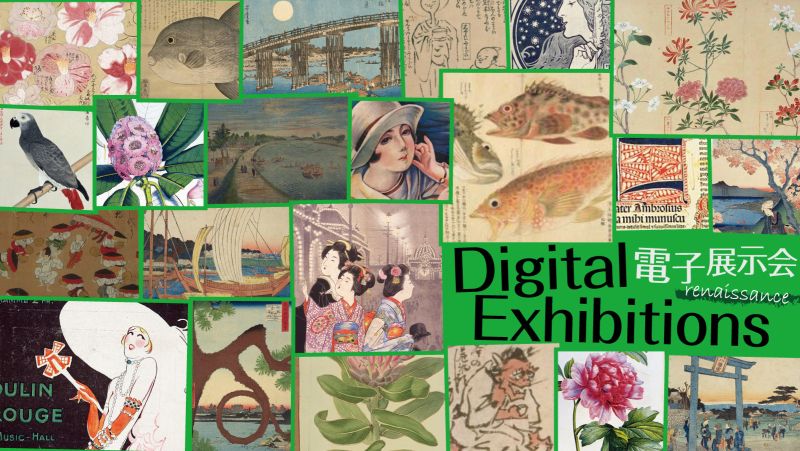Satsuki (May)

Tango no Sekku (Boys' Festival)
Tango originally referred to the first “horse day” of the month but later came to be used only for the first horse day of May. On Tango no Sekku, people celebrated the growth of boys by displaying spears and gogatsu ningyo (May dolls). Gogatsu ningyo are warrior dolls with yoroi (armor) and kabuto (helmets). Dolls such as Kintaro, the hero of an old tale, and Shoki, the god of protection against evil, have also been crafted. Also, from the mid-Edo period onwards, koinobori (carp streamers) began to be used as decorations, floating in the sky.
Shobu (Japanese iris)
During this period, the high temperatures and humidity facilitate the spread of diseases. Therefore, shobu, known for its detoxifying properties, was picked and hung as medicinal herbs. Shobu-yu, prepared by bundling shobu leaves and floating them on a bathtub filled with hot water, was said to be fragrant and effective against bruises, lower back pain, and stiff shoulders. In addition to its close association with Tango no Sekku, shobu is known for traditions such as drinking shobu-shu, sake infused with chopped leaves, and taking shobu-yu baths to expel evil spirits.
Kawabiraki (River opening)
Kawabiraki in Ryogoku on May 28 heralds the arrival of summer. Boats were booked several days before the river opening, which featured a fireworks display. On the day of the event, boats of all sizes filled the river. In addition, stalls lined up near Ryogoku Bridge, and teahouses were decorated with paper and stone lanterns, creating a lively atmosphere. The bustle of Ryogoku continued until the river closed on August 28.
